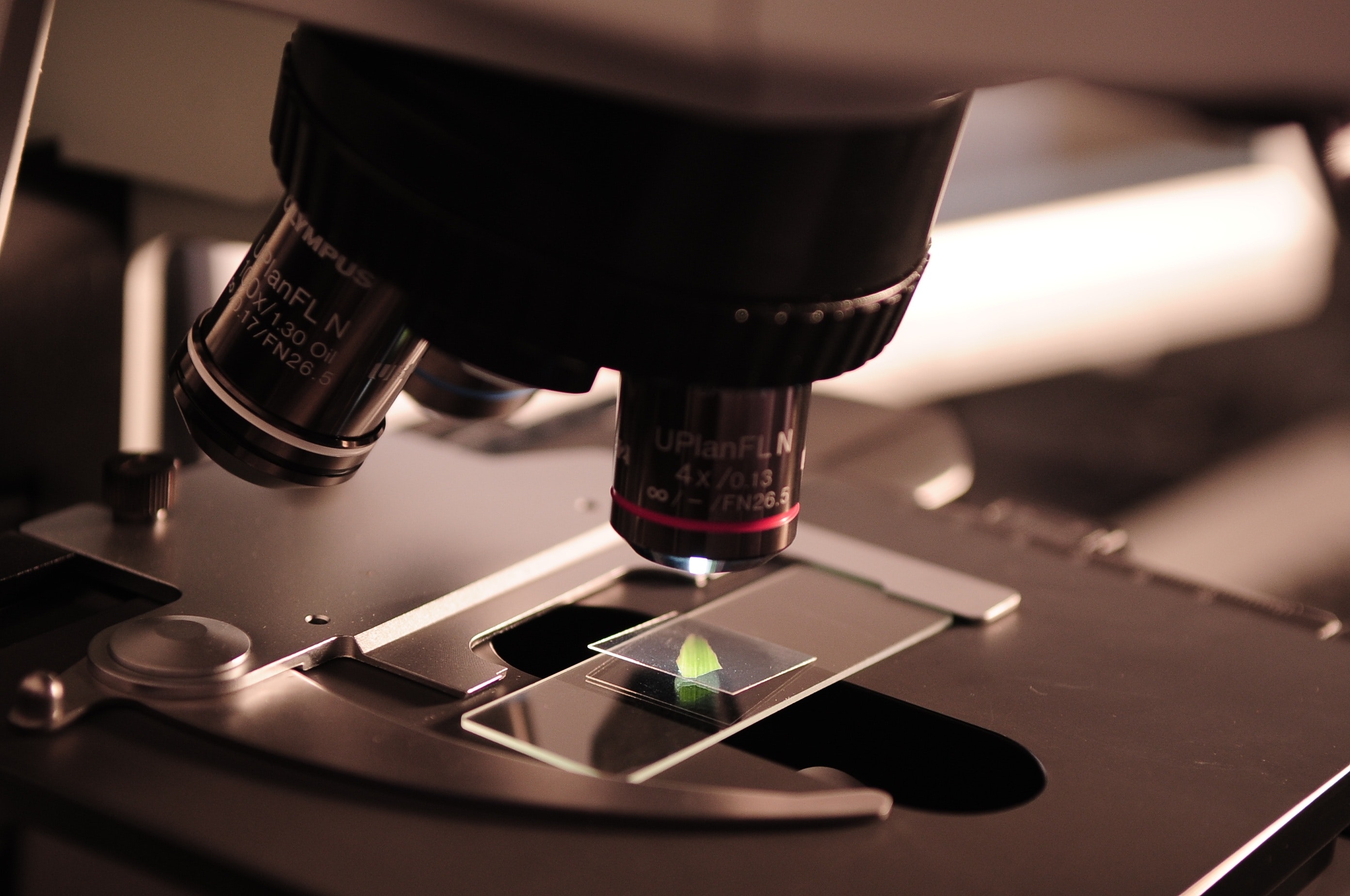NASA Seals Crew Members In Isolated Chamber For Yearlong Test Of Mars Mission—Here’s What To Know
 Science@kbin.social – 64 points –
Science@kbin.social – 64 points – 
forbes.com
Four volunteer crew members entered a Mars-realistic 3D printed habitat.
 Science@kbin.social – 64 points –
Science@kbin.social – 64 points – 
Four volunteer crew members entered a Mars-realistic 3D printed habitat.
We still have a lot to learn of the psychology of the situation. Results from these studies are always interesting. Even if it is far from the real thing.
It is also a perfect starting point for a post apocalyptic novel. "The only group to survive the end was a small band of researchers, stuck in their isolation experiment."
I wonder what specifically they're interested in vs long deployments in Antarctica (people do 12 months rotations in some stations there).
I found this article discussing the psychology of placements in Australian antarctic stations: https://psychology.org.au/for-members/publications/inpsych/2021/february-march-issue-1/life-in-the-australian-antarctic-program.
The differences as I see them are:
those doing a antartic winter may as well have the no suited outdoor time, poor clothing choice will be death almost as quick
I'm thinking a lot of the equipment is different as well, and since they mention simulating equipment malfunctions, that plays an important part, especially with the additional limitations/simulated dangers.
Antarctica trips have all of those limits you mentioned, they'll just be worse for Mars. While they can operate sort of freely for a few months, once winter sets in, they are just as isolated as another planet. They just get the advantage of easier setup then Mars.
They did a similar thing before. Not sure if this would be super cool to do, or super boring.
Also the biosphere 2 missions.
Those…. Ended “well”.
True, but the bio-dome project was a smashing success!
I think there are easier ways to reduce your screen time.
One of my favorite Twilight Zone episodes
Do we actually intend to send humans to Mars in any reasonable timeframe?
I guess that depends on what you consider reasonable. I figure if they're starting with simulations such as this now, it's reasonable to expect an actual manned mission in maybe 20 years.
Hard to say - There's still a lot of hazards yet to be accounted for: a lot more radiation exposure, literal poison in the soil, severe weather, safe and affordable supply chain, etc.